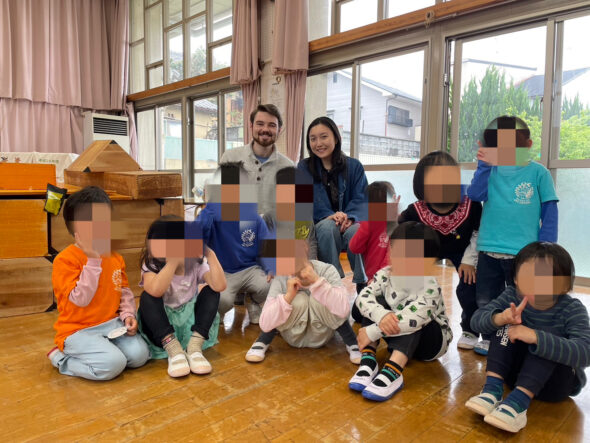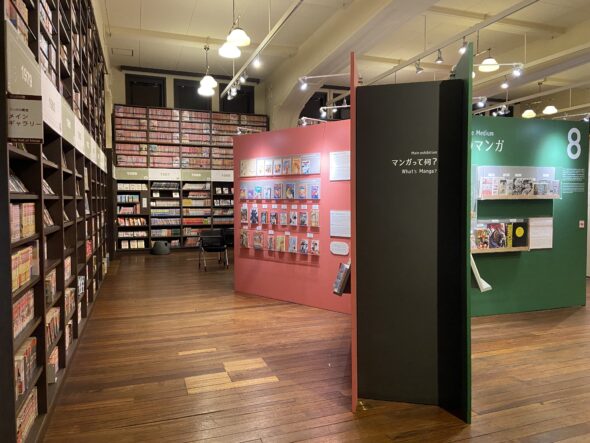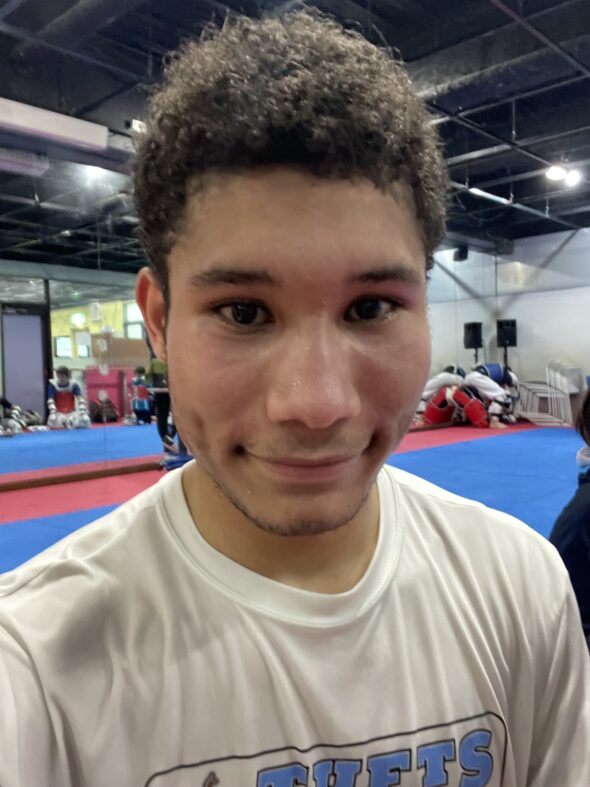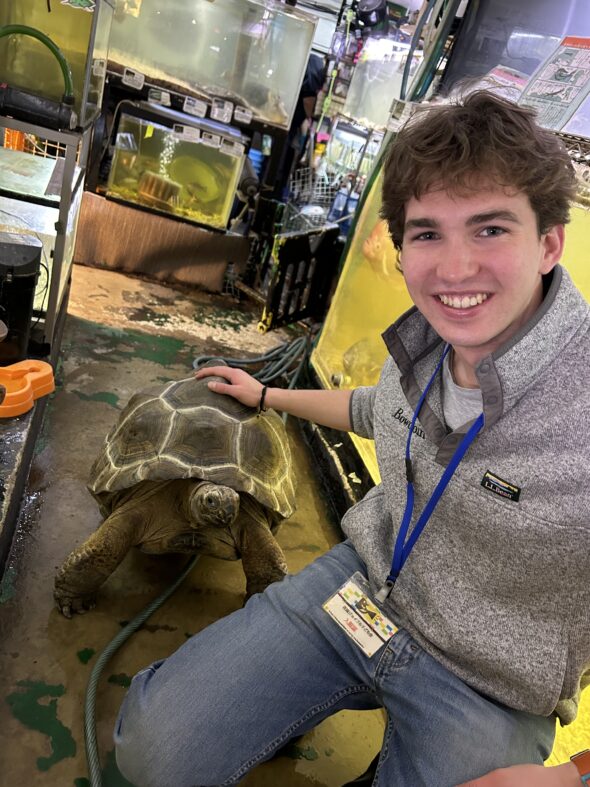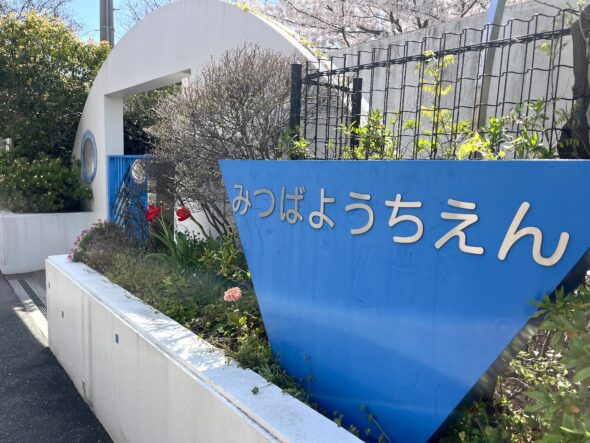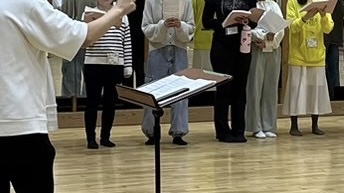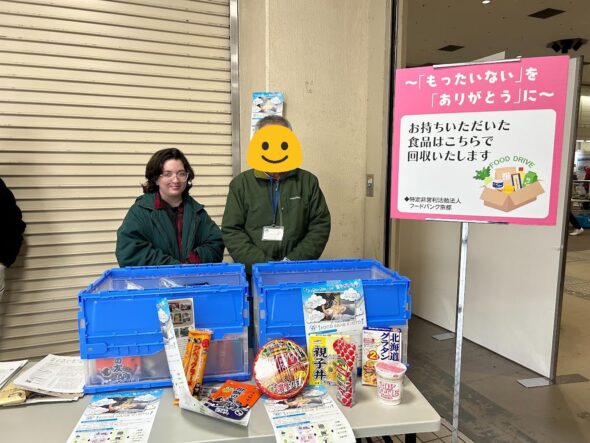
My CIP was volunteering at the Kyoto Food Bank, sorting donated food into categories by type and expiration date to get the food ready to donate. There were also events that the food bank would participate in, like having a booth at a festival, taking and giving donations, and recruiting new volunteers. I was able to get to know people from many different backgrounds, as volunteering at the food bank is a great way to connect with the local community and feel like you’re making a difference.
My advice to incoming students who want to do volunteer work or work with the Kyoto Food Bank would be to learn vocabulary that you think you might use while you’re working. For example, at the food bank, it’s important to know words like “expiration date” and the words for various foods that would be relevant and important for communicating with the other volunteers. Speaking of, it’s also important to take every opportunity you can to get to know the other volunteers and attend any special events that your volunteer work may offer! These events help give you a chance to get to know people more deeply and really engage with the community.

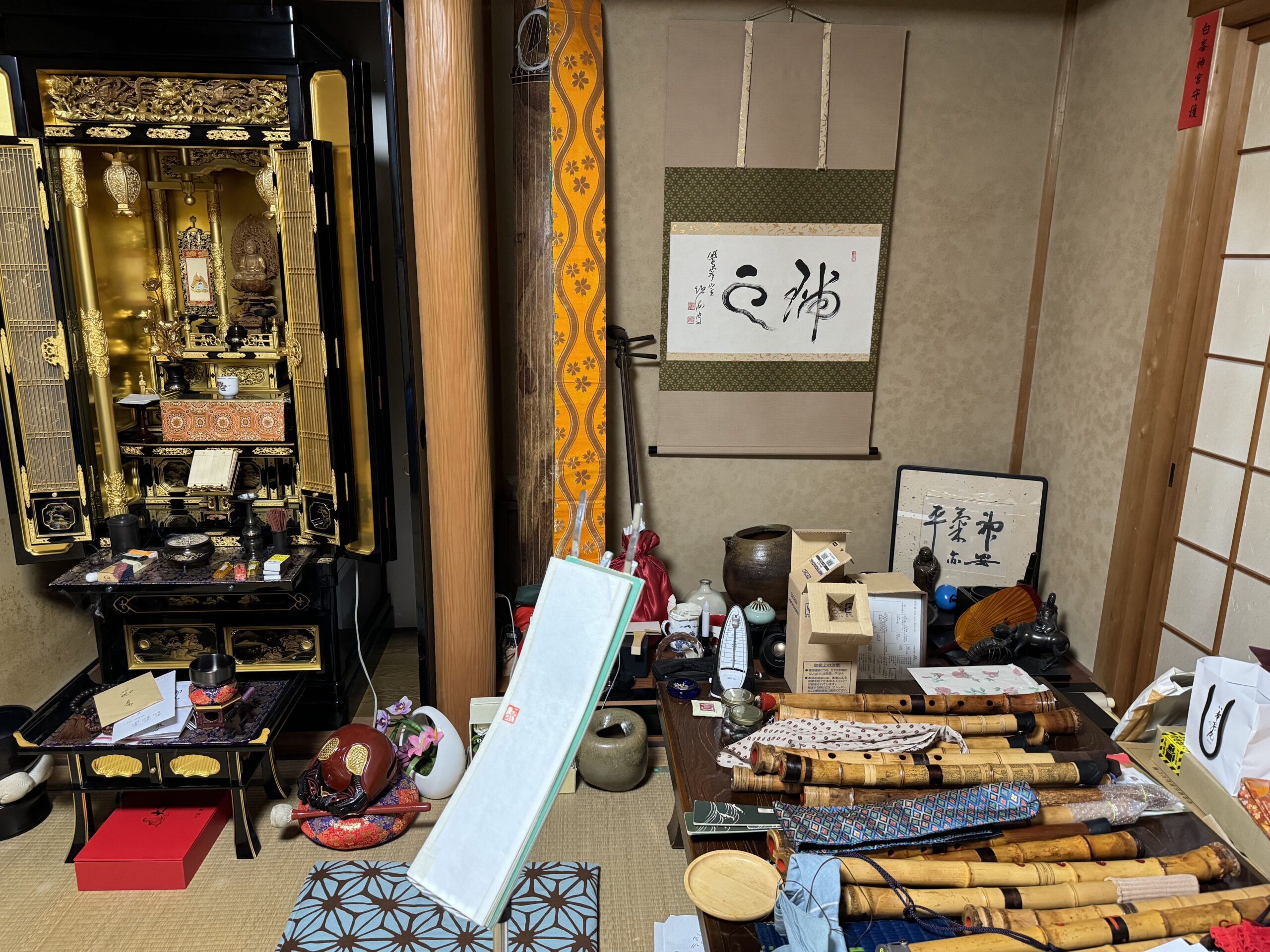
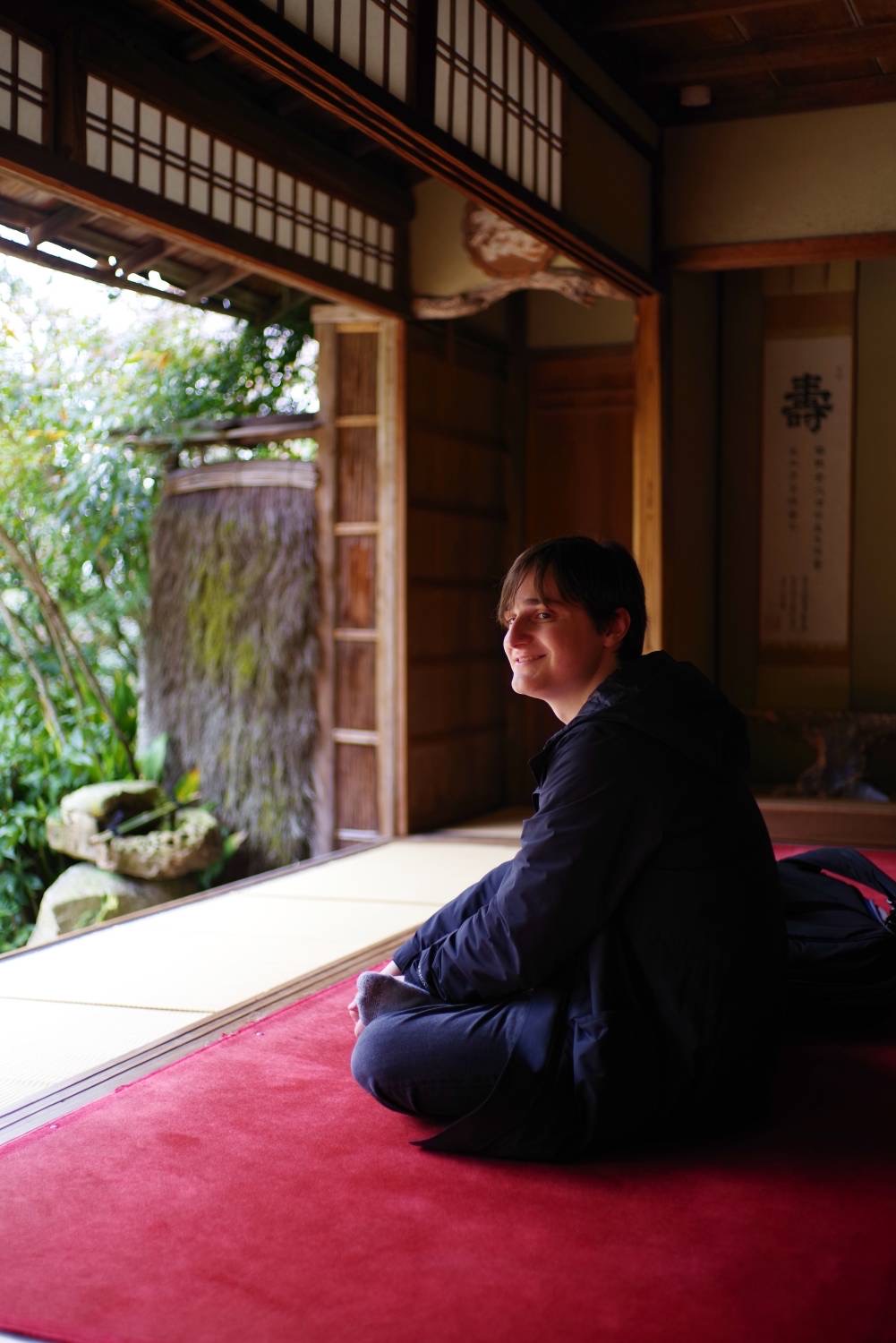
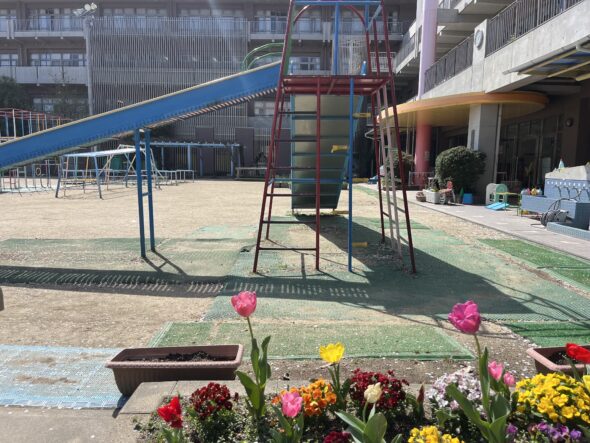
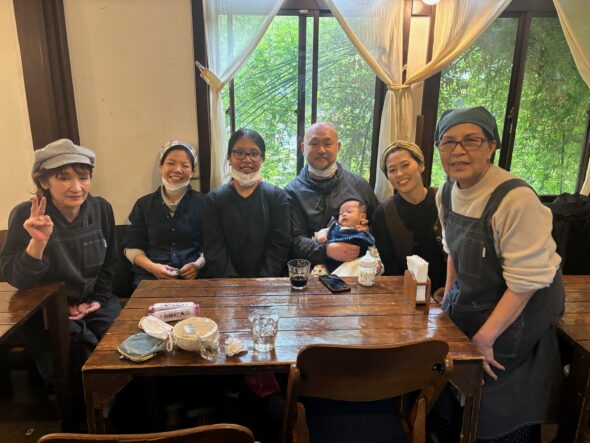 The Bazaar Cafe’s mission is to create and provide a safe space for people who are part of minority groups (sexuality, religion, age, nationality, etc.) by giving them a space to express and share their values. The people who work at the Bazaar cafe are often those who are unable to find employment in other places, due to various prejudicial reasons. Through volunteering at the Bazaar Cafe, I have met amazing people with different walks of life that have all been very accepting and interested in my individual ideas and values. By listening to their discussions about the cafe’s next steps (which include an effort to reduce the distance between college students and conversations about alcohol-related issues) at the beginning of the semester and then manually helping in the kitchen during the second half of the semester, I have been able to connect with a lot of the staff, and felt like I have contributed to the work done in the kitchen of this small but mighty cafe. Before beginning my CIP time at the Bazaar Cafe, I was warned to not be shy and instead be open to talking at the cafe. As someone who is nervous to speak in Japanese to Japanese people in fear of making mistakes, I also advise anyone who decides to volunteer at the Bazaar Cafe in the future to allow yourself to try and be open to expressing yourself. The cafe became a place where I could practice the language with locals without fear of judgment.
The Bazaar Cafe’s mission is to create and provide a safe space for people who are part of minority groups (sexuality, religion, age, nationality, etc.) by giving them a space to express and share their values. The people who work at the Bazaar cafe are often those who are unable to find employment in other places, due to various prejudicial reasons. Through volunteering at the Bazaar Cafe, I have met amazing people with different walks of life that have all been very accepting and interested in my individual ideas and values. By listening to their discussions about the cafe’s next steps (which include an effort to reduce the distance between college students and conversations about alcohol-related issues) at the beginning of the semester and then manually helping in the kitchen during the second half of the semester, I have been able to connect with a lot of the staff, and felt like I have contributed to the work done in the kitchen of this small but mighty cafe. Before beginning my CIP time at the Bazaar Cafe, I was warned to not be shy and instead be open to talking at the cafe. As someone who is nervous to speak in Japanese to Japanese people in fear of making mistakes, I also advise anyone who decides to volunteer at the Bazaar Cafe in the future to allow yourself to try and be open to expressing yourself. The cafe became a place where I could practice the language with locals without fear of judgment.